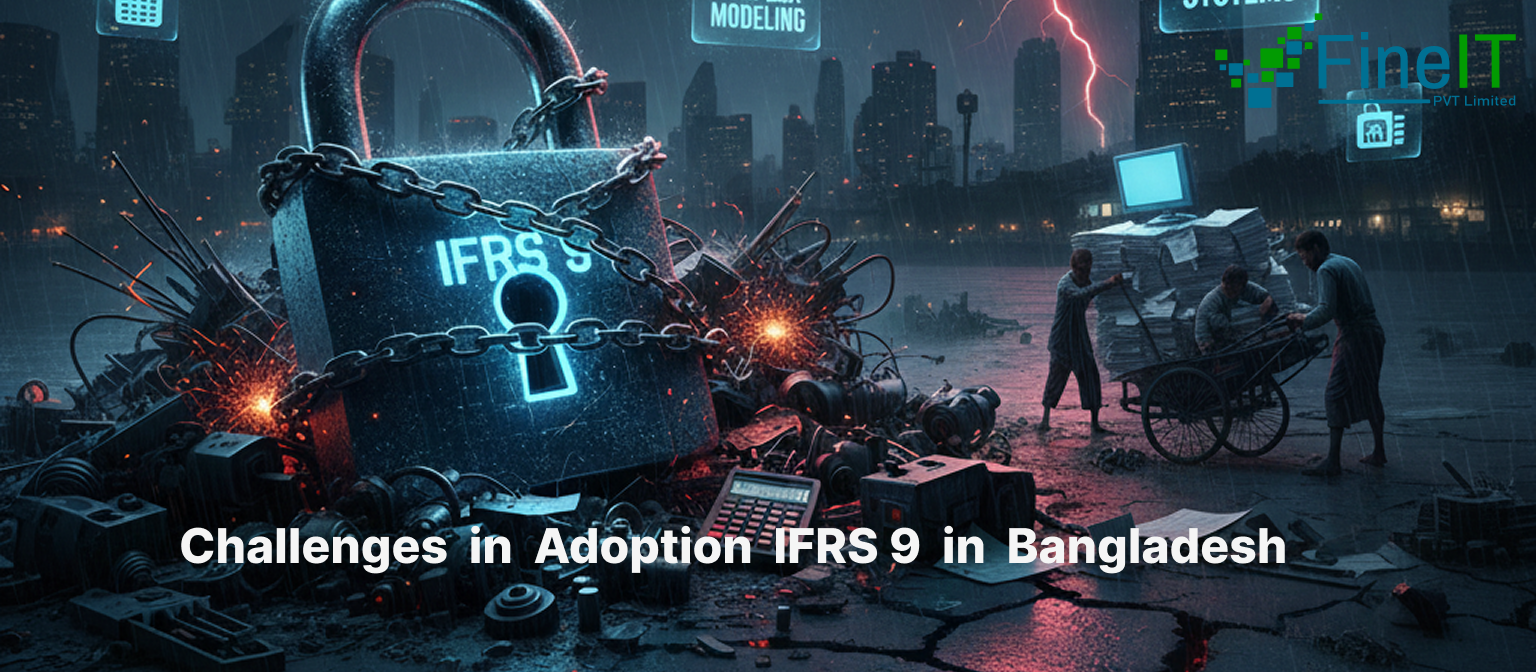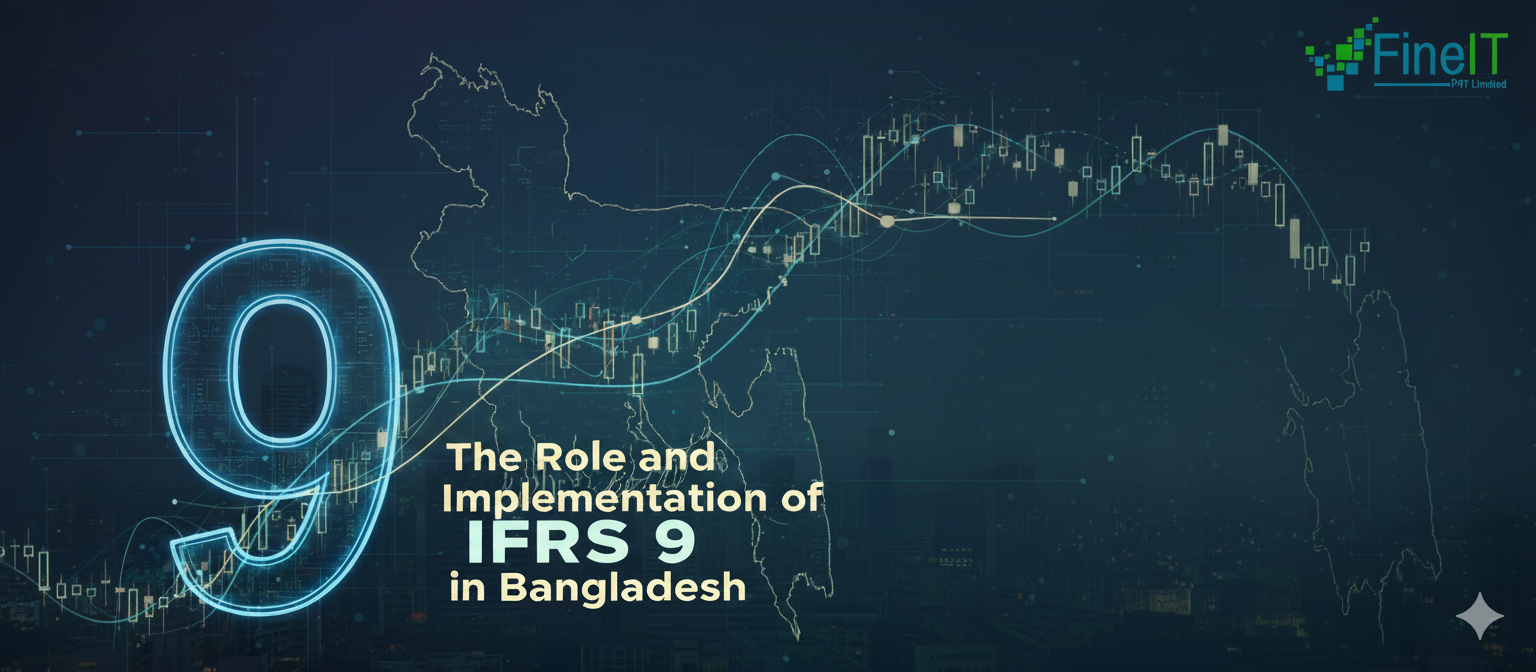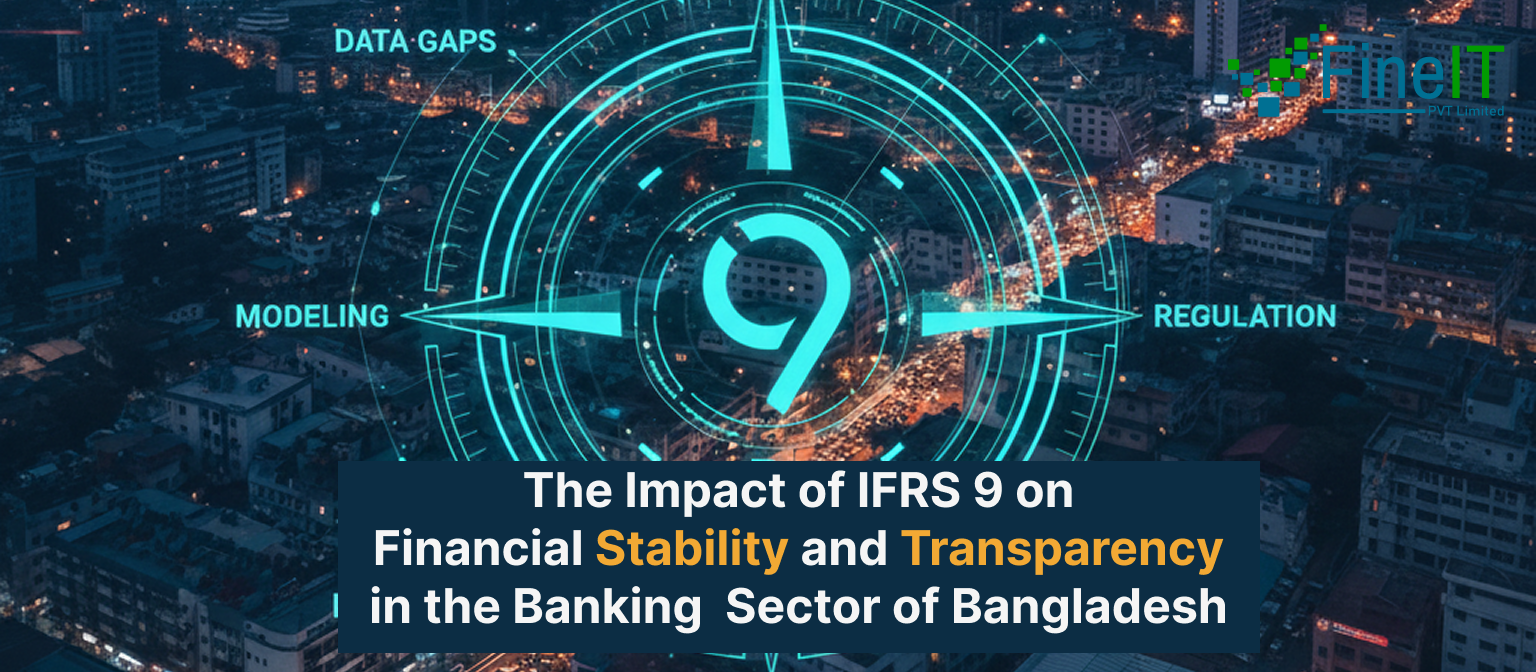IFRS 9 and the Impairment of Trust: Analyzing Provisioning Practices in Bangladesh
The banking sector in Bangladesh is currently undergoing a significant transition as it moves to adopt the International Financial Reporting Standard 9 (IFRS 9), specifically its forward-looking Expected Credit Loss (ECL) model. This shift from the traditional “incurred loss” model is not merely a technical accounting change; it represents a fundamental overhaul of how credit […]












